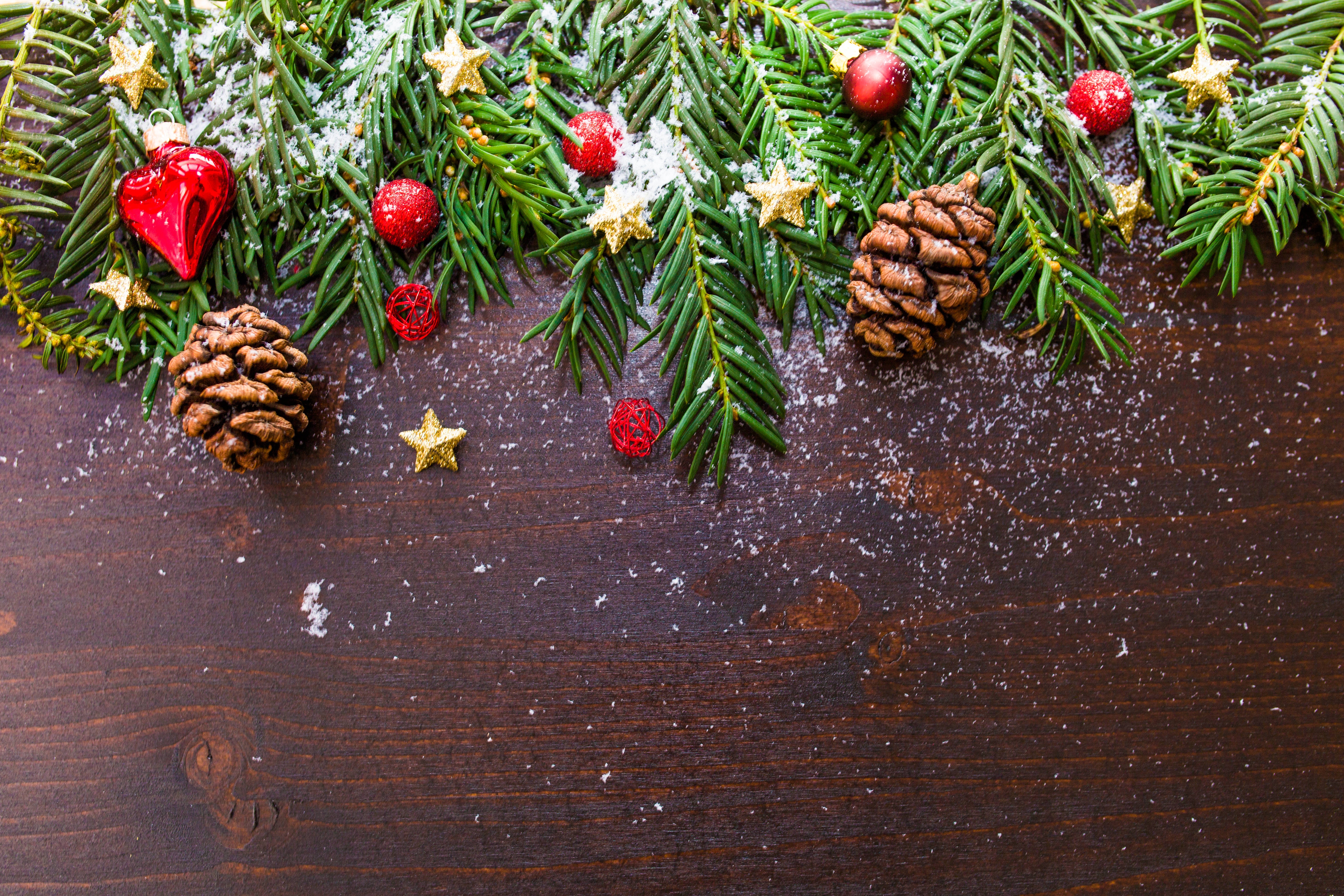How to decorate your home on-trend for Christmas

In many homes across Scotland, familiar sets of Christmas decorations will be extracted from the loft once again for another few weeks in the limelight. Trees will be decorated with battered baubles and those trusty ‘I’m-amazed-they-still-work’ fairy lights, Christmas card holders will be inserted into pin holes in the wall left unfilled since January and the dining table decorations will be positioned in the same order as last year. Looking through old festive photos it can be hard to tell one Christmas from another.
Tradition or repetition?
For many people, squeezing another year out of the artificial tree is a comforting tradition. However, it might also indicate a lack of insight about fashionable ways to decorate a home for Christmas. New decorative trends emerge every year, from colour schemes and soft furnishings to tree decorations – and the trees themselves, of course.
It’s easy to give your home a new look without breaking the bank or needing the services of an interior designer. These are some of the fashions which will give any home an on-trend appearance for the final days of this decade…
Let it snow
John Lewis released their annual list of Christmas decorating trends in September, led by a snowscape theme. Their showcase tree was covered in white baubles, imitation icicles and glass snow globes. Costing less than £10, a bag of display snow would be ideal for sprinkling over the branches, or creating puddles of ‘snow’ around the base. White candles are another recurring theme in many festive displays this year, reflecting a wider Scandinavian influence.
A home for nature
After a decade of rampant consumerism, environmentalism is becoming a key theme. Many of the people and brands setting the trends this Christmas have adopted natural materials in lieu of plastics, such as locally-made floral wreaths. There’s more focus on patinaed materials like oxidised iron, with rust colours (orange and brown) popping up everywhere. Sprigs of real holly and handfuls of acorns are far more environmentally friendly than their plastic counterparts, maintaining those on-trend earthy tones.
Less is more
Minimalism is another trend to evolve out of our growing environmental awareness. Interior designers are increasingly talking about signature pieces rather than whole-room designs. A fibre-optic Nativity scene can be a standalone decoration on a sideboard, and a patterned table runner doesn’t need to be smothered with artificial ivy or fake cloves. Garden centres and department stores are full of standalone wall decorations like metal leaf-spiral artworks and LED-lit wicker baskets, which can replace picture frames for the festive fortnight and be re-used in future.
Old is the new new
Our growing awareness of sustainability means re-using old decorations is more acceptable than ever before, as retro becomes chic. If you’re unable to part with the threadbare tinsel you inherited from a relative, or if your tree angel still has teeth marks from when your dog was a puppy, you can always say you’re saving these items from landfill. And don’t assume older decorations or furnishings are obsolete, either. Tinsel has experienced a renaissance in recent years, proving that most things come back into fashion if you keep them long enough!
Back to Latest Posts




